Jungle Hut Park
Follow That Dream Parkway to Bird Creek Beach
Sand Key Park
Canaveral National Seashore
Playalinda Beach at Canaveral National Seashore
Imagine spending a day at the seashore, a day free of condos, hotels, and tourists. A day where you can be one with nature in a place where you feel the power of the ocean, hear the pounding of the waves and share all of that glory with only your friends and the wildlife who make their home there.
There is a little-known gem in Florida known as Playalinda Beach. It is a part of Canaveral National Seashore. Take a trip to Titusville, go east on Garden Street, and continue driving east until you reach the beach. The ocean is not visible from your car. As you drive parallel to the ocean, you will see sand dunes on your right. There are 13 parking areas, each with its own boardwalk. Any of the boardwalks will lead you over the sand dunes where the ocean in all of its magnificence will appear before your eyes.
There you will meet some of the 310 species of birds found at Canaveral National Seashore, including migratory birds, who will enjoy the beach with you. If you are lucky, you may meet a loggerhead, green or leatherback sea turtle who makes her nest in the sand or hatchlings as they make their way to the ocean. Enjoy your day swimming, surfing, sunbathing, fishing, and bird watching.
Stop along the way to or from the beach and explore by car or on foot, some of Canaveral National Seashore ecosystems. These include a barrier island, offshore waters, lagoon, coastal hammock, and pine flatwoods. Outdoor experiences include canoeing, kayaking, boating, hiking, camping, and historical trails.
There is an abundance of wildlife and wildflowers at Cape Canaveral National Seashore. Keep your eyes open for bobcats, raccoons, and more. Look for beautiful flowers and the pollinators among them. We hope you encounter some of the threatened species who make their homes there. You may see Florida scrub-jays, Southern bald eagles, wood storks, peregrine falcons, eastern indigo snakes, and manatees.
Take a day, or two, or three, and immerse yourself in the beauty of natural Florida, the way nature intended it to be.
Sand Crabs
Sand Crabs are also known as mole crabs or sand fleas. These crustaceans are smaller than a human thumb. The two species predominant on Florida beaches are Emerita talpoida and Emerita benedicti. They are silvery or white in color and seem transparent. The Crabs have antennae, which they use to catch plankton for food. They have no claws and do not bite or sting. The Sand Crabs live between two to three years. The crabs are food for fish, Florida shorebirds, and water birds. They feed on micro-organisms found in the Florida beach sand. That means that they ingest any toxins that might be affecting the shore or the water. Environmental engineers and scientists are able to conclude the health of the ocean based on the condition of sand crabs.

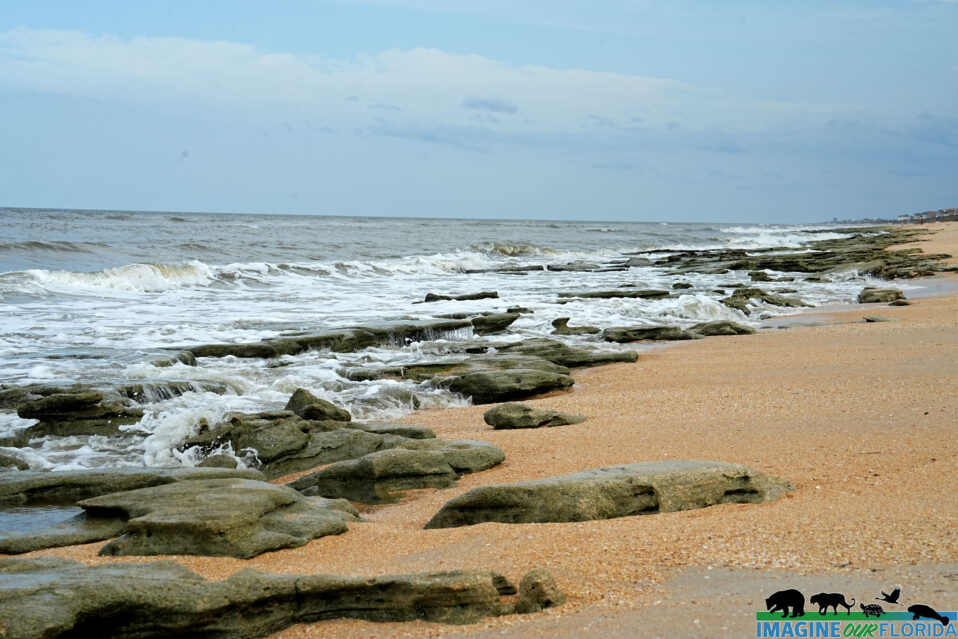
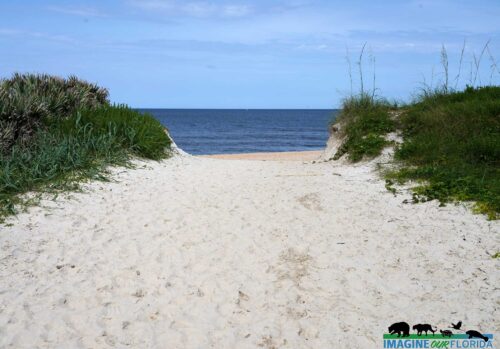
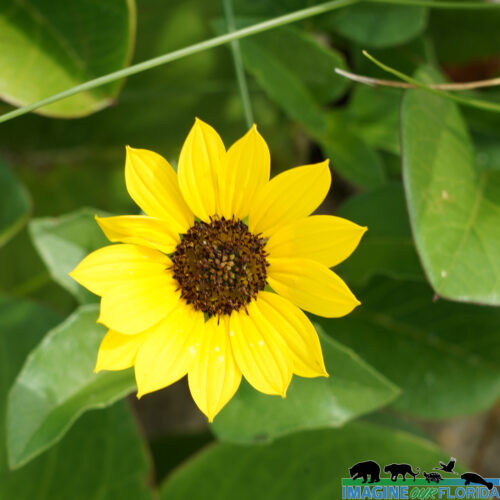
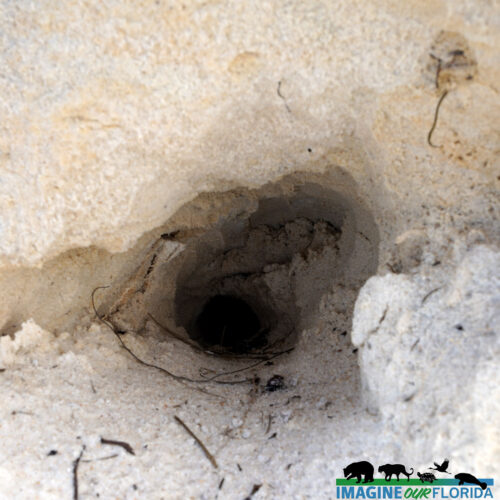
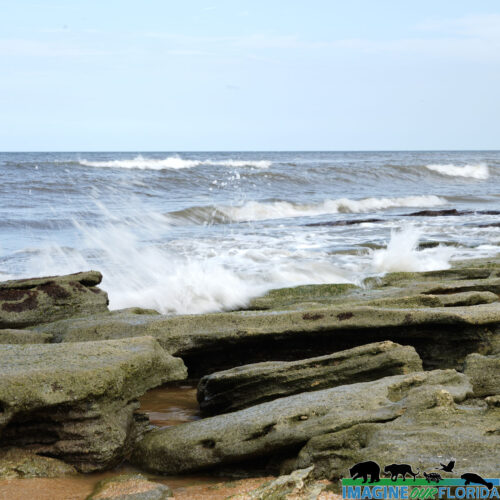
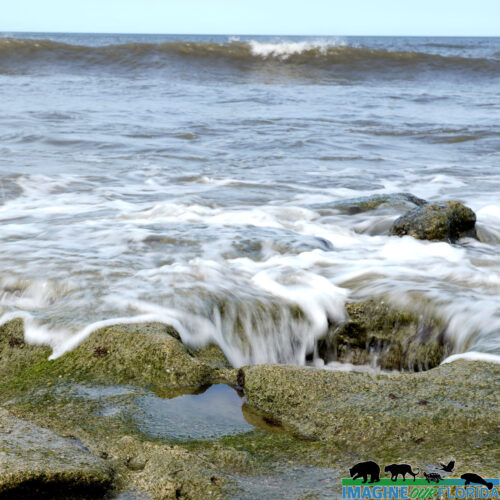
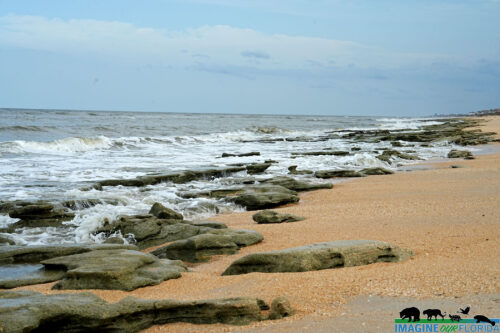
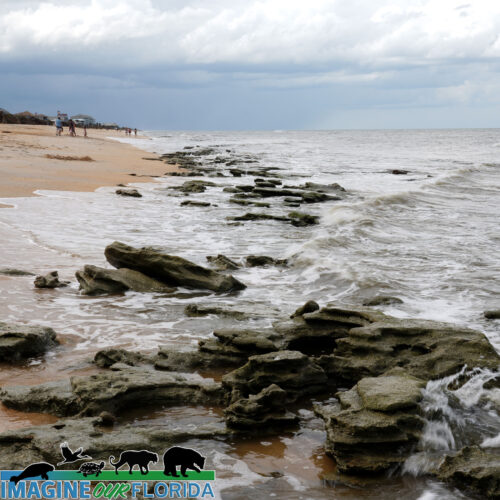
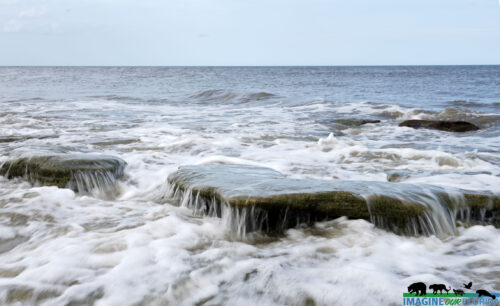
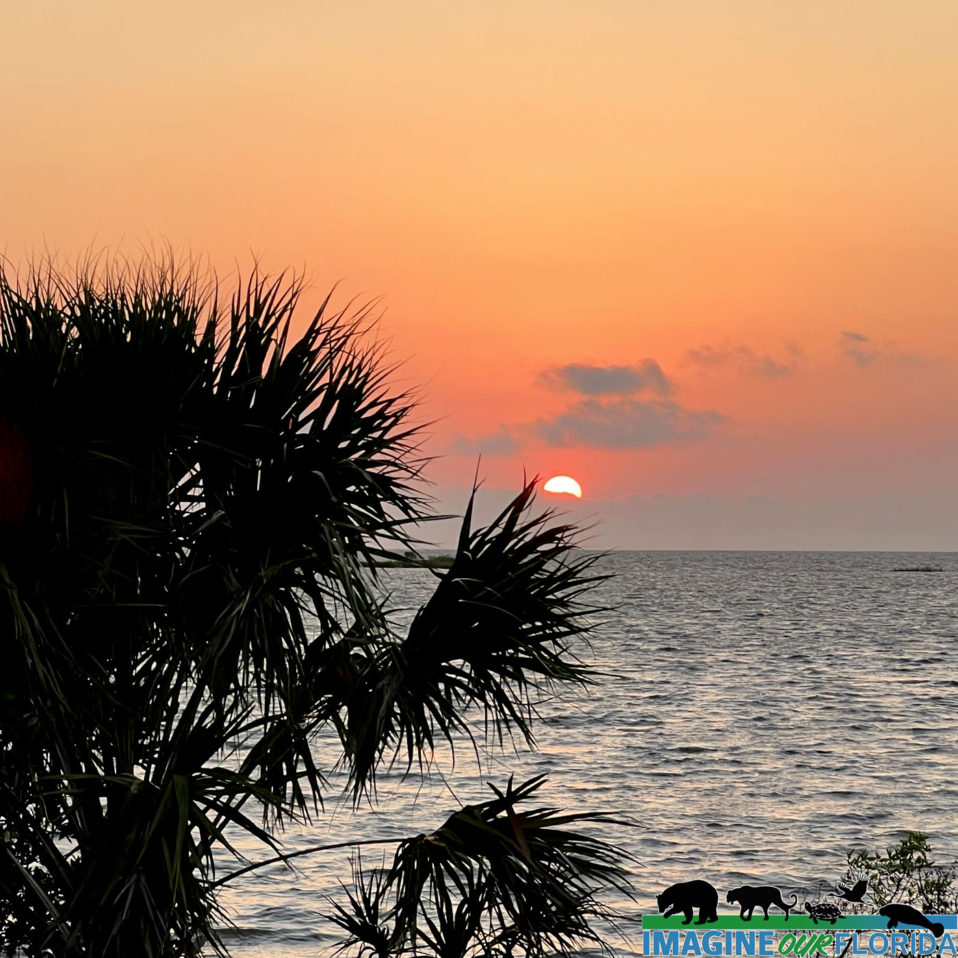
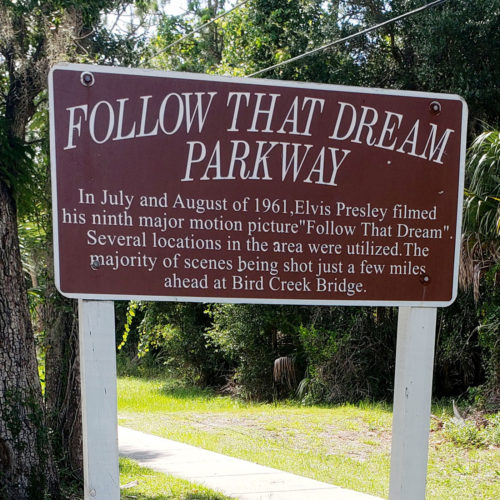
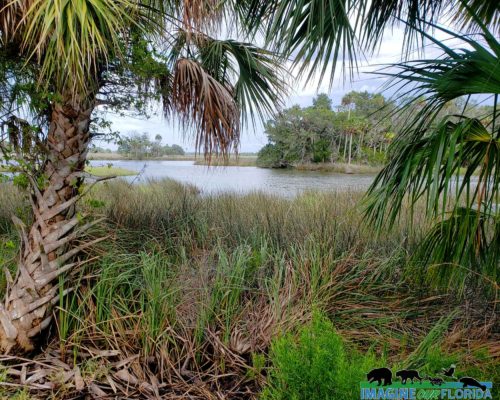
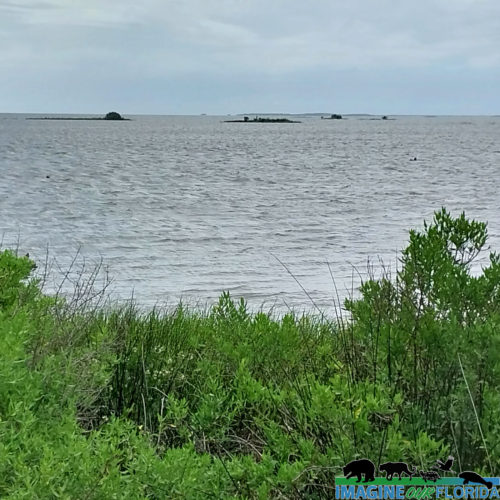
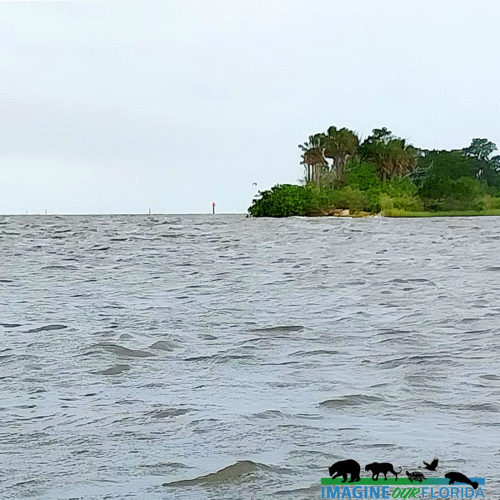

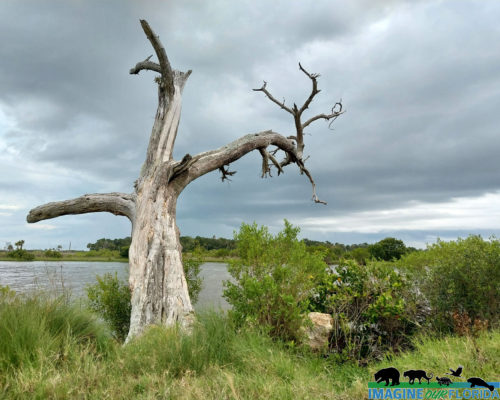
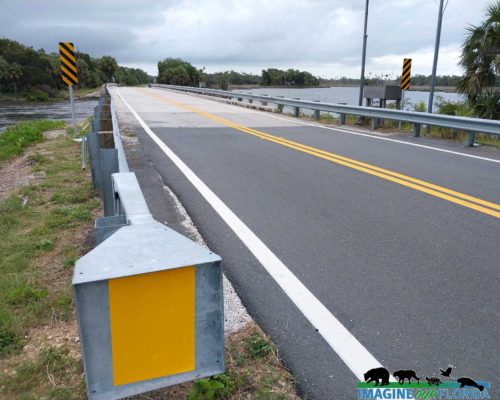
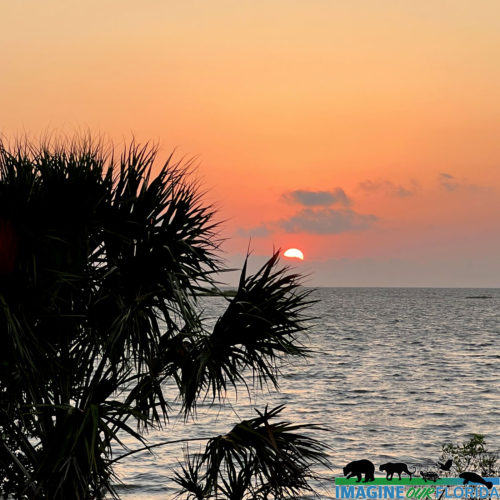
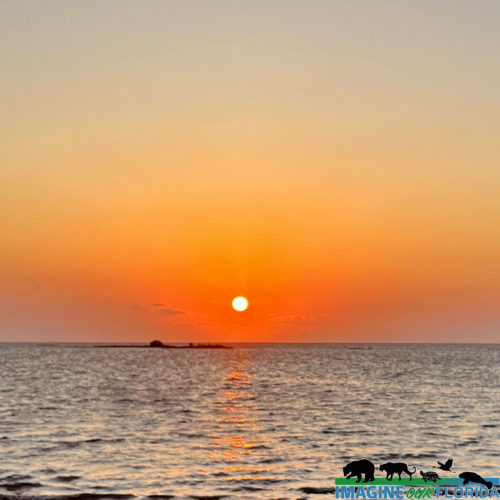
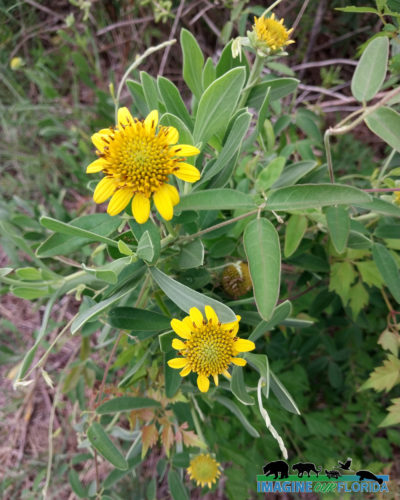
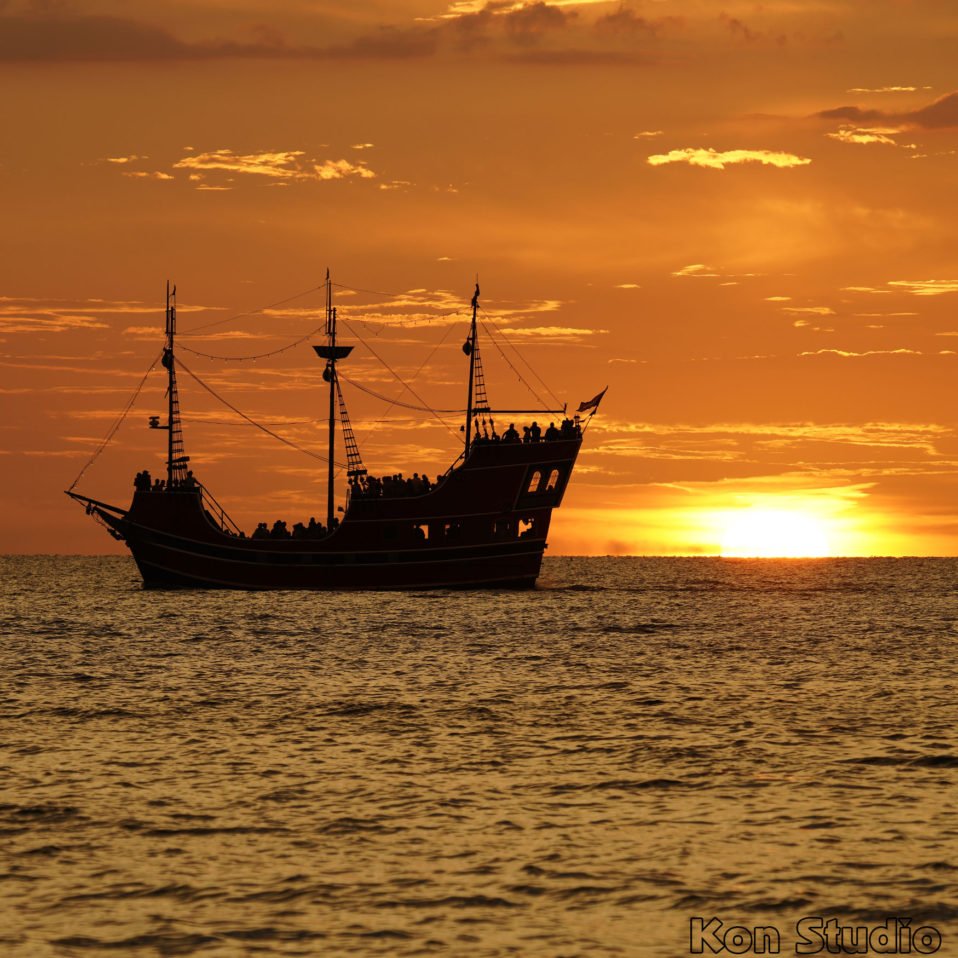
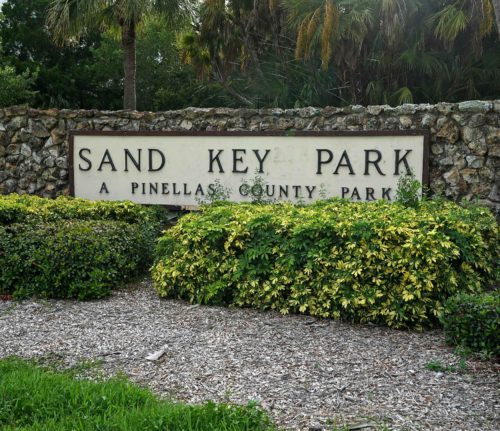
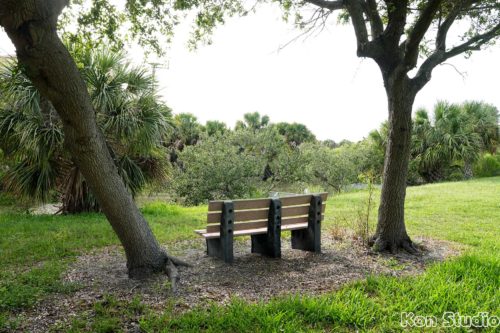
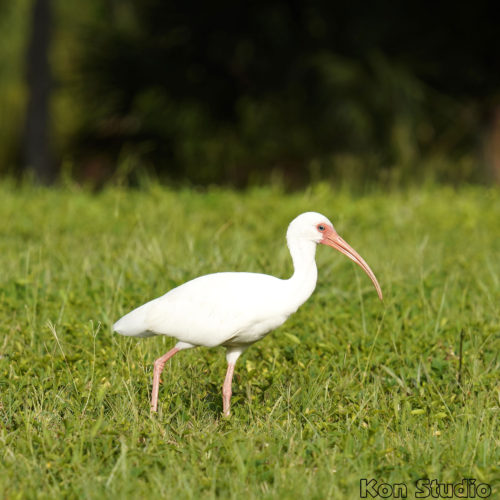
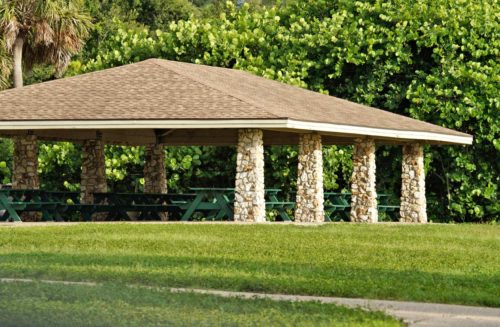
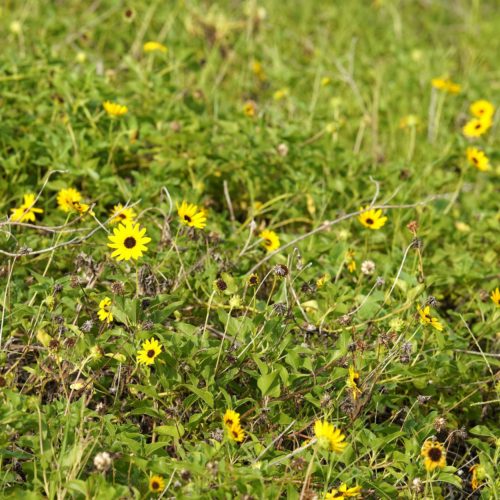
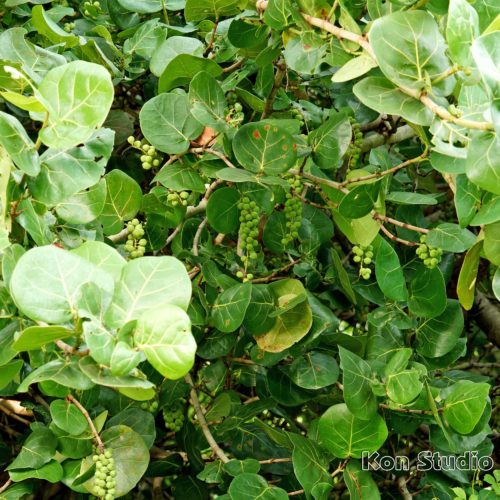
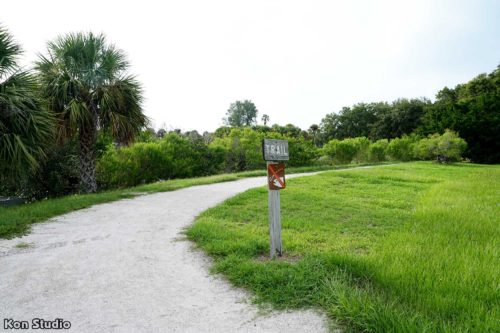
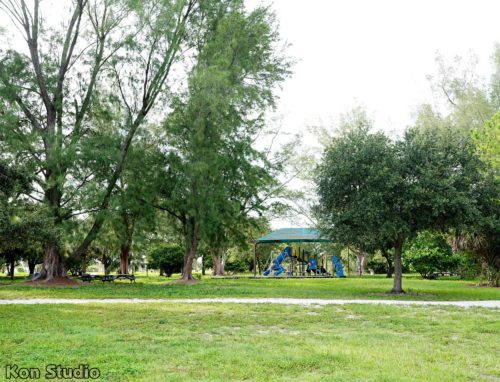
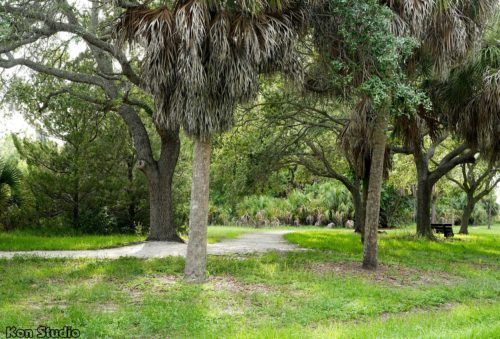
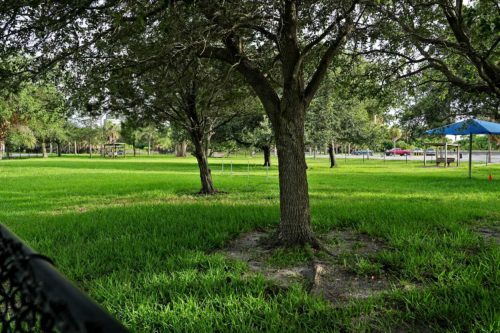
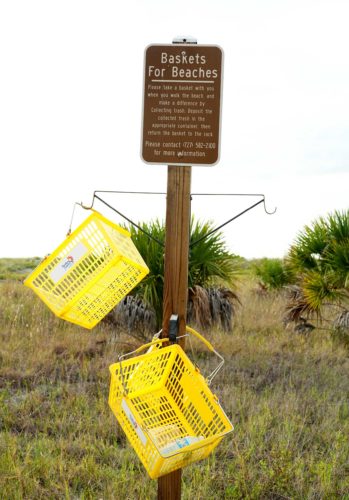
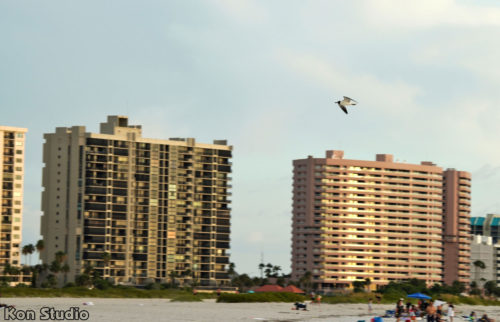
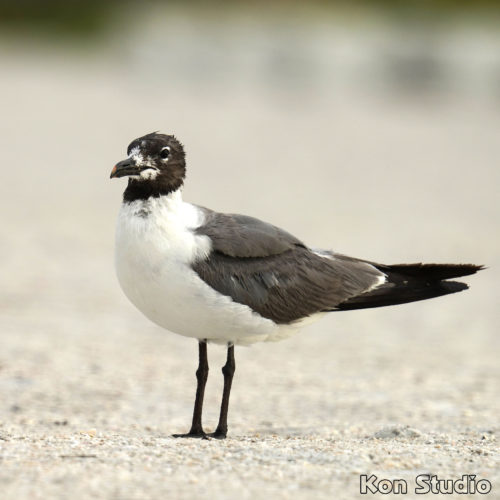
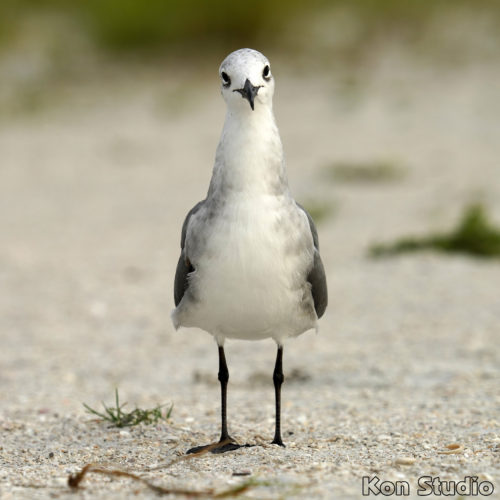
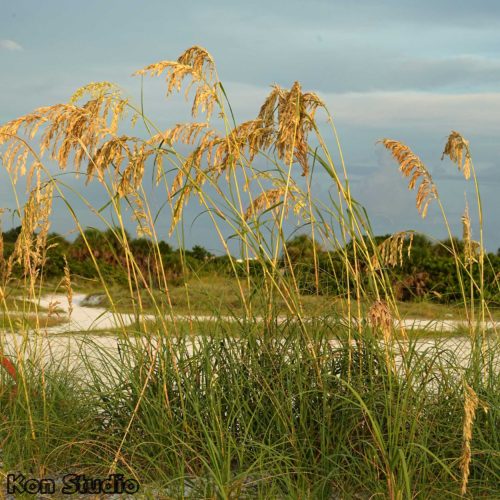
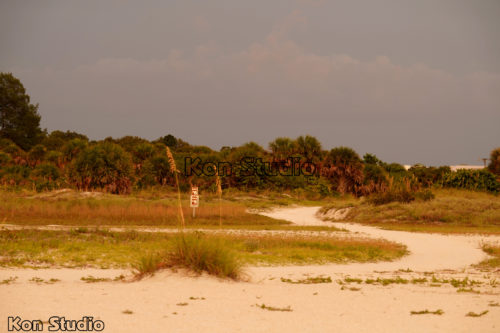
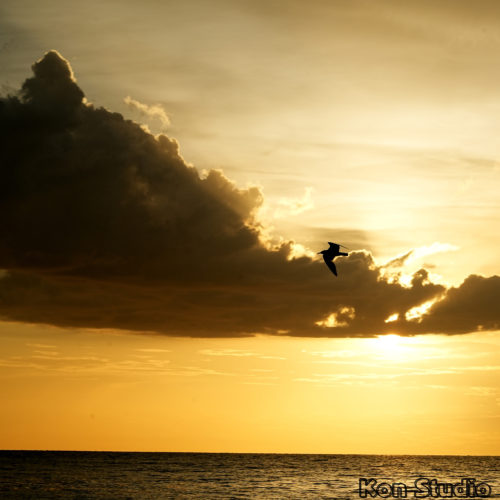
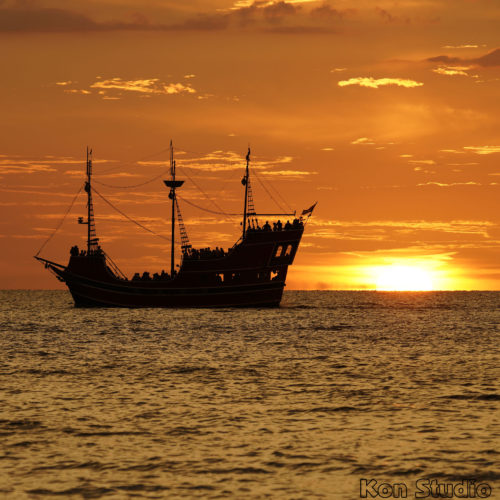
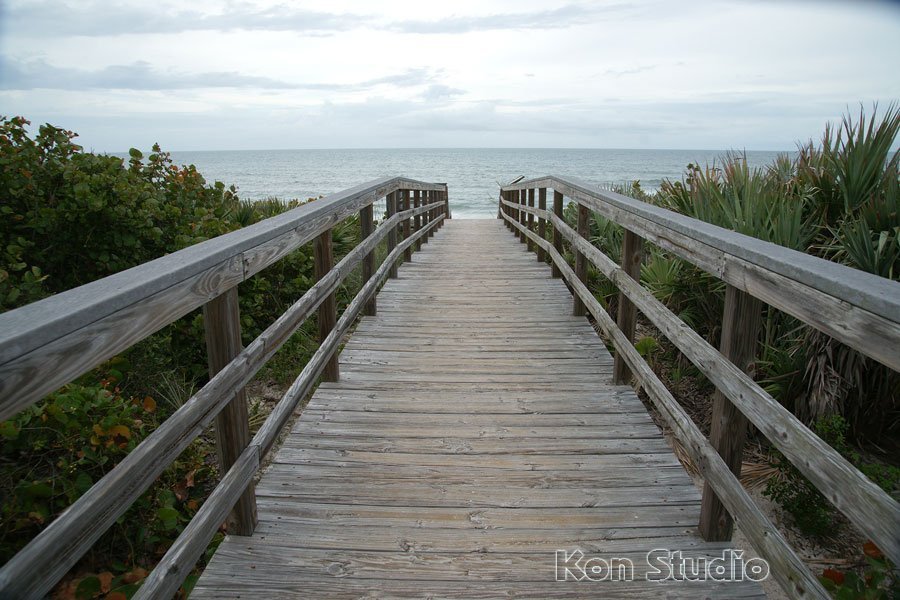

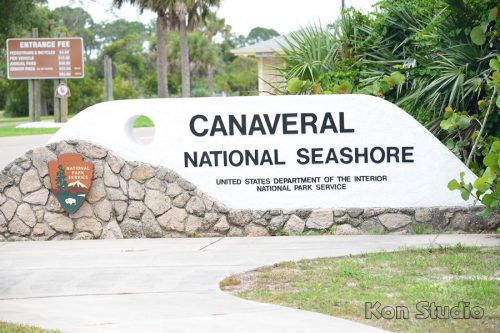
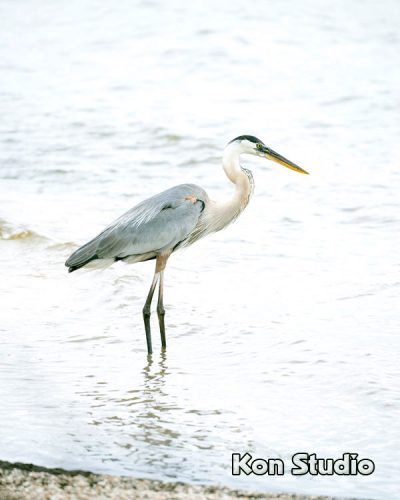

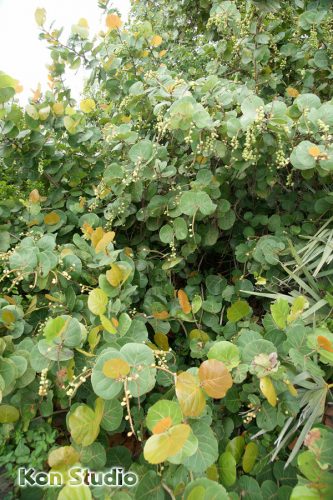
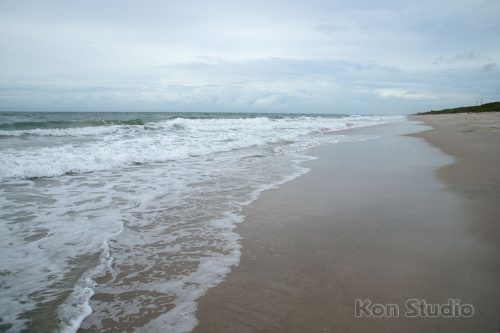
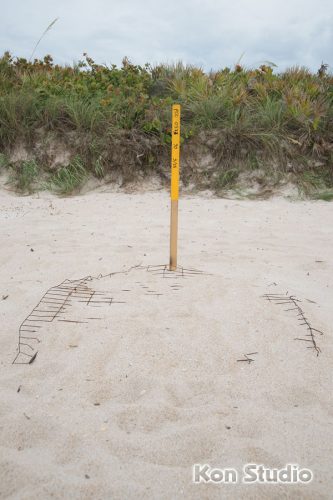
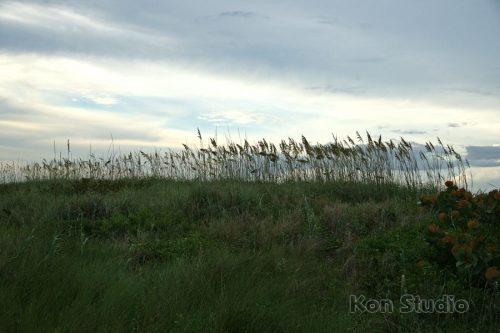

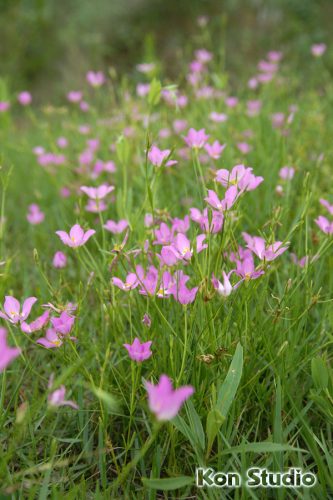
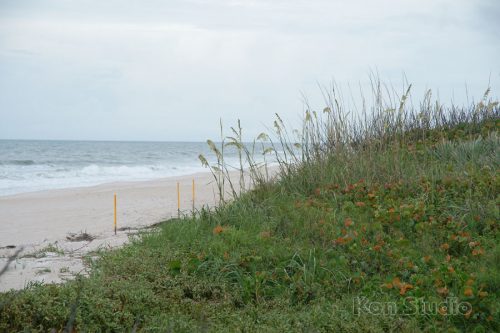
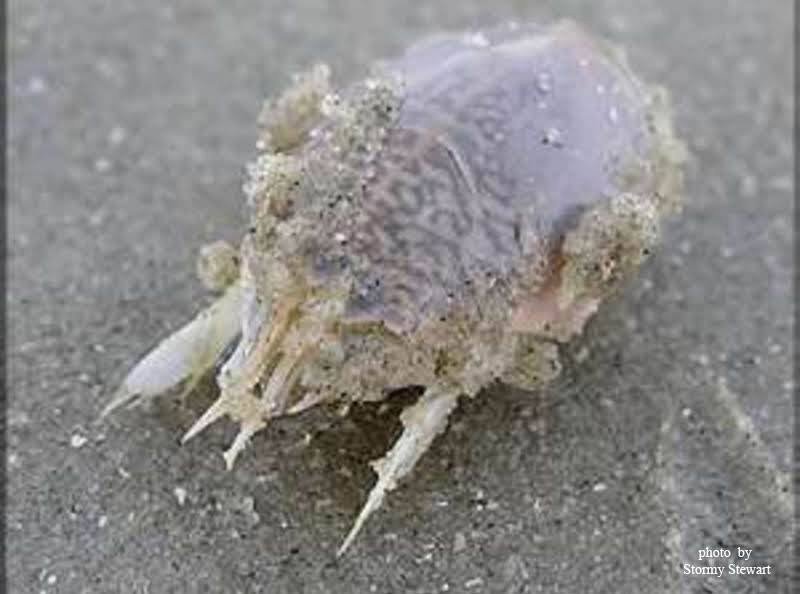

Recent Comments